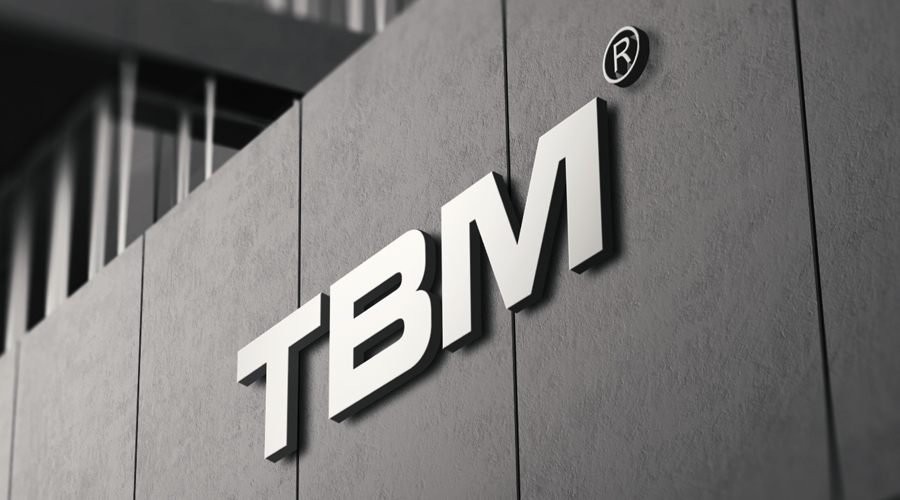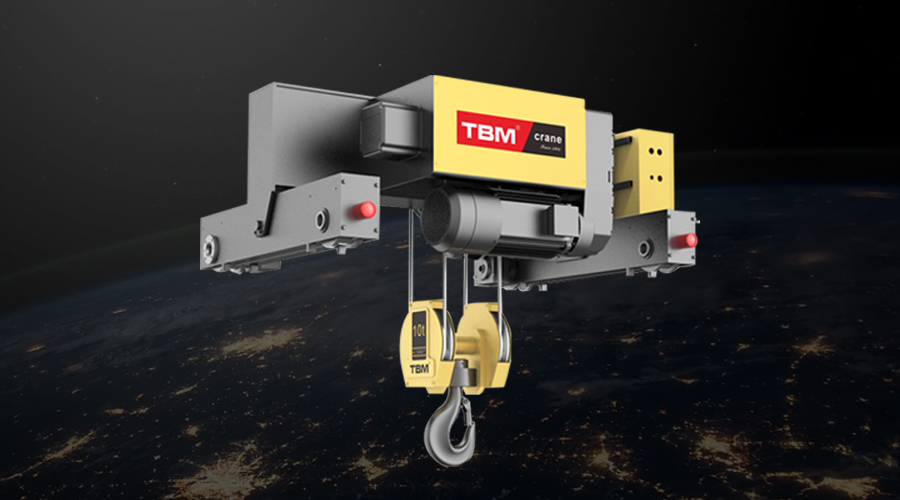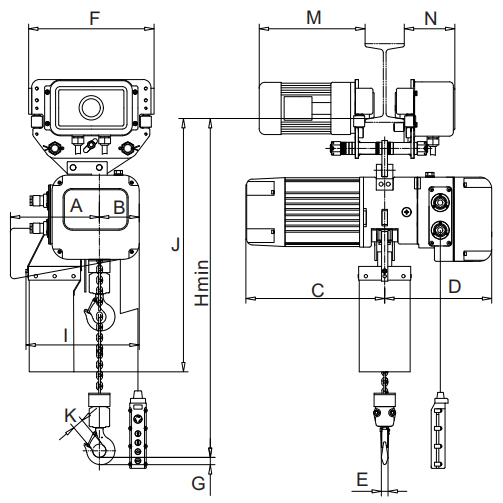In hoisting operations, under the boom, under the hanging object, the area before the object is lifted, the triangle area of the guide pulley steel rope, around the fast rope, standing on the inclined hook or the force direction of the guide pulley, etc. are very dangerous , Once a danger occurs, it is extremely difficult to avoid. Therefore, the position of the staff is very important. Not only must you always pay attention, you also need to remind each other, check the implementation, and prevent accidents.
2. Correctly recognize the safety factor of the sling
In hoisting operations, the staff do not have the correct understanding of the safety factor of the sling, which is often based on continuous use, resulting in overweight operations always in a dangerous state.
3. The demolition operation must be foreseeable for the various factors encountered
For example, the weight of the object is estimated, the cutting is thorough, the removed part is squeezed to increase the load, and the connection part is forcibly lifted without inspection.

4. Eliminate erroneous operations
The hoisting operation is different from many constructions. It involves a large area and often uses different units and different types of cranes. Factors such as daily operating habits, performance, and differences in command signals can easily cause misoperation, so be careful.
5. Be sure to fasten the tied objects
During high-altitude hoisting and dismantling, "lock" rather than "pocket" should be adopted for the suspended object; measures of "pad" should be adopted for the sharp edges and corners of the suspended object.
6. The drum rope is not tight
For large lifting and dismantling, the arrangement of steel ropes wound on the drum of a crane or motor-driven winch is loose, which causes the fast rope with a large load to be pulled into the rope bundle, causing the fast rope to shake violently and easily lose stability. As a result, the danger of continued operation often occurs and the stop Unstoppable embarrassment.
7. Temporary lifting nose welding is not firm
The welding strength of the temporary hanging nose is not enough. Insufficient welding strength mentioned here means that the surface of the welding base metal is rusted and the rust spots are not completely removed before welding, resulting in a beautiful and plump appearance of the welded meat. However, the actual welded meat and the base metal are not melted together at all, and the load increases or suffers It breaks when impacted.
The direction of force on the nose is single. When hanging or laying down a long cylindrical object, as the angle of the object changes, the force direction of the hanging nose also changes. This situation is not considered in the design and welding of the hanging nose, resulting in defective hanging noses. Sudden breaking (breaking) occurred during lifting operation. In this case, the vertical plates need to be welded on both sides of the nose in advance, and the size and thickness of the vertical plates are best designed by the technicians.
The welding material of the hanging nose does not match the base metal and informal welder welding.
8. Improper selection of lifting tools or lifting points
The establishment of lifting tools or the use of pipes and structures as lifting points lacks theoretical calculations. The lifting tools or pipes and structures estimated by experience have insufficient bearing capacity or insufficient local bearing capacity, and one place becomes unstable, resulting in a total collapse.
9. Unreasonable selection of pulleys and ropes
When setting up the lifting gear, there is insufficient understanding of the change of the rope force of the pulley and the tie pulley due to the change of the fast rope angle. The tonnage of the guide pulley is too small, the rope of the tie pulley is too thin, and the rope breaks after the force is overloaded. fly.
10. Unloaded sling accidentally hangs objects
There are many accidents that happen in this way. The lifting work has ended. When the hook is running with an empty rope sling, the sling in the free state pulls the unhooked object or other objects, the operator or If the commander does not respond in time, an accident will happen in an instant, and this type of accident has very bad consequences for the operator and the crane.
11. The lifting construction plan is out of touch with the actual operation
The main manifestations are incomplete content, lack of necessary data or inconsistent construction methods with actual operating conditions, making the construction plan a shield to cope with superior inspections, instead of guiding the construction.
12. Hanging objects in the air have not been sealed with safety ropes for a long time
Some equipment or components need to be suspended in the air and then fixed in place due to the requirements of the installation process, while some suspended objects stay in the air for a long time. If there is no safety rope, it will be accidentally shaken, impacted or welded. Such injuries will cause serious consequences of the suspended object falling.
13. Unclear process transfer or loopholes in the balance of multi-unit construction processes
If some structures or platforms are demolished on the first shift but the handover after get off work is unclear, whether the shed built by Zhang San can be used by people. Wang Wu does not know. Unit A cuts off the platform beams and Unit B continues to place heavy objects on the platform, causing temporary support overload . It turned out that the problem occurred, and I don't know what happened.
14. The construction is too busy to confirm the progress
Underground consultation was not conducted on the crane station location; the weight of the lifted objects was not confirmed before the operation, and the high-pressure lines, operating equipment, coal-oxygen pipeline leakage points in the surrounding environment and other hidden dangers and the safety warning signs of the owner unit were not found in time and suffered a lot .
15. Use slings with "problems"
Some people just find a rope buckle to save trouble. They don’t know that this is a scrap rope buckle thrown away by others. Some have suffered internal injuries, some have been partially retreated, and some have been welded. These problems and problems are not easy. Check it out; some are eager to buy unqualified spreaders such as pulleys and rings made by informal manufacturers at a cheap price, which makes workers worry about their work. In order to ensure the safety of construction, please do not use the rope buckle thrown by others, cut off the damaged and discarded rope buckle in time to prevent others from misusing it; do not buy the spreader produced by informal manufacturers.
16. Use hemp rope as a safety rope
Because the load-bearing performance of hemp rope is far inferior to steel rope, and hemp rope is easily damaged during daily storage and use and reduces the tensile strength. Therefore, using hemp rope as a safety rope does not have a safety effect, but makes people psychological Dependence causes accidents.
17. No warning zone
Failure to promptly set up a safety warning area and arrange a safety guardian in the dangerous area under large lifting and high-altitude operations, causing others to enter the dangerous area with unknown circumstances and cause accidents.
18. Crane's long boom lifts heavy objects, and the "brake lever" is not well considered
When the crane’s long boom lifts heavy objects, the vertical line of the rod head and the center of gravity of the weight changes due to the “brake” of the crane’s boom. If the lifting rod is not aligned correctly, it will cause the lifted object to shift instantly, such as work If the personnel did not think well, and did not take evasive measures (especially in the air), it might be an accident.
19. Two cars lift and flip an item at the same time, the weight is inaccurate
Because the center of gravity is changing during the flip, if the calculation is not accurate, it is particularly easy to cause one of the cranes to be overloaded and unstable. If a problem occurs in this regard, it will not only threaten human safety, but also cause huge mechanical economic losses. There are profound lessons in history. , Need to attract the attention of construction and technical personnel.
20. Failure to take necessary precautions for operations in hazardous areas
If you are working on the crane beam, you have not contacted the crane driver in advance to confirm that it was not enough or the crane driver made a mistake during the busy period. Because the warning flags, warning lights, and stalls were not taken, the crane suddenly appeared and the construction The personnel cannot avoid the accident in time.
21. Inadequate consideration of climate impact
Lifting equipment such as gantry cranes that have not been installed in the open air have not taken reliable sealing measures, and the hooks of tower cranes that are suspended during use have not been raised to a safe position or the anchors are sealed on lighter heavy objects. A gust of wind may cause accidents. Sometimes a sudden rainstorm short-circuits the power supply and it is too late to lift the hook. Therefore, it is very important to develop good construction work habits. In addition, when hoisting large pieces in windy weather, the influence of wind load on the crane must be considered. Do not operate when there is danger or the wind exceeds the safety regulations.

zhejiangshuangniao lifting equipment co.,ltd.
With the core concept of "innovation to lead the future, focus on achievement", we have become the vane of domestic electric hoist development and lead the development of domestic electric hoist industry.
Group Industry
Zhejiang Shuangniao Machinery Co., Ltd.
Zhejiang Shuangniao Lifting Equipment Co., Ltd.
Zhejiang Double Bird Anchor Chain Co., Ltd.
Zhejiang Shuangniao Digital Machine Tool Co., Ltd.
Contact Us
Address: No. 9, Tenglong Road, Industrial Function Zone, Huangze Town, Shengzhou City, Zhejiang Province
Phone:0575-83051888
Telephone:18957539688(Mr.Liu)18957536588(Mr.Wei)
After sale:0575-83501776
Fax:0575-83505818
Web:www.tbmcrane.com
E-mail : info@tbmhoist.com
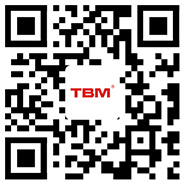
Follow the website
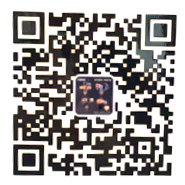
Official account
© 2020 Zhejiang Shuangniao Lifting Equipment Co., Ltd. All rights reserved 浙ICP备2020035933号-1
Power By:300.cn
